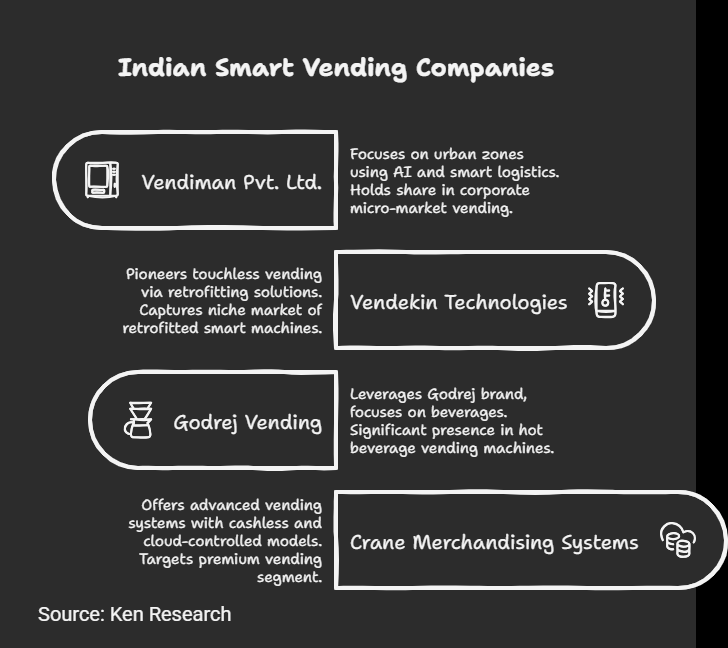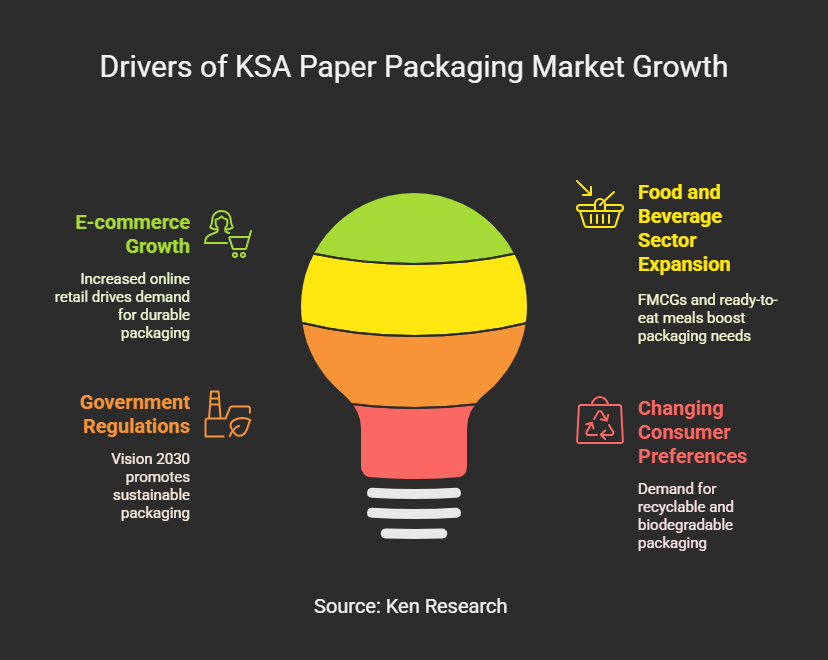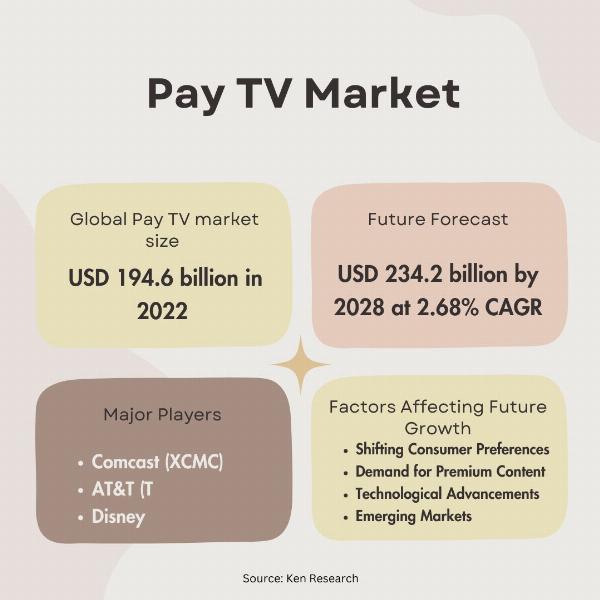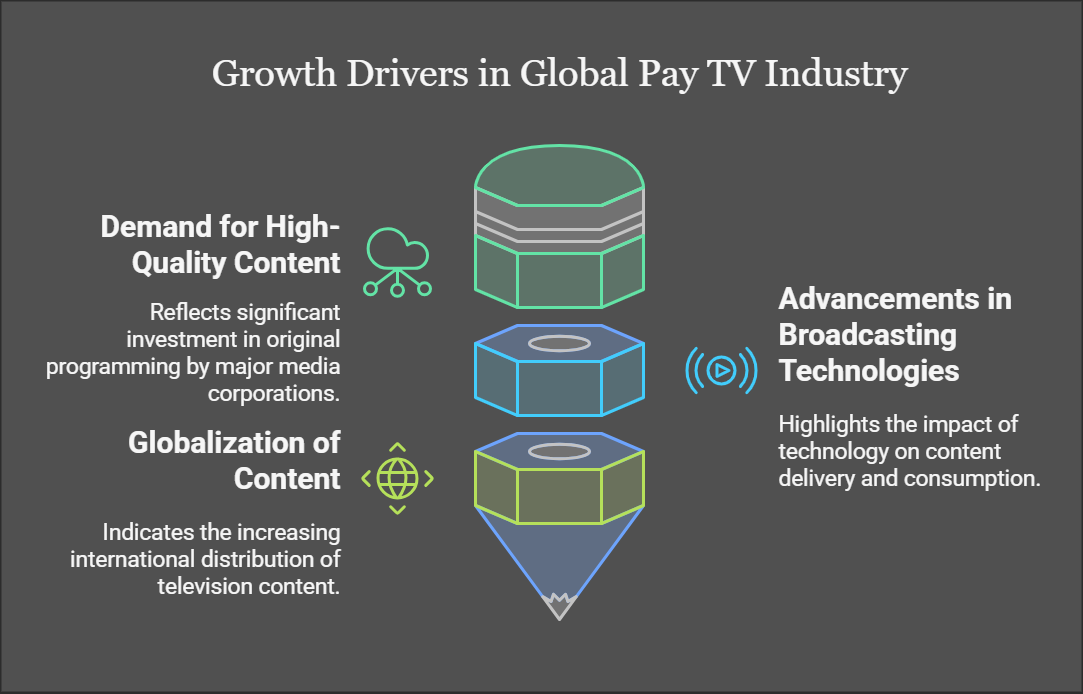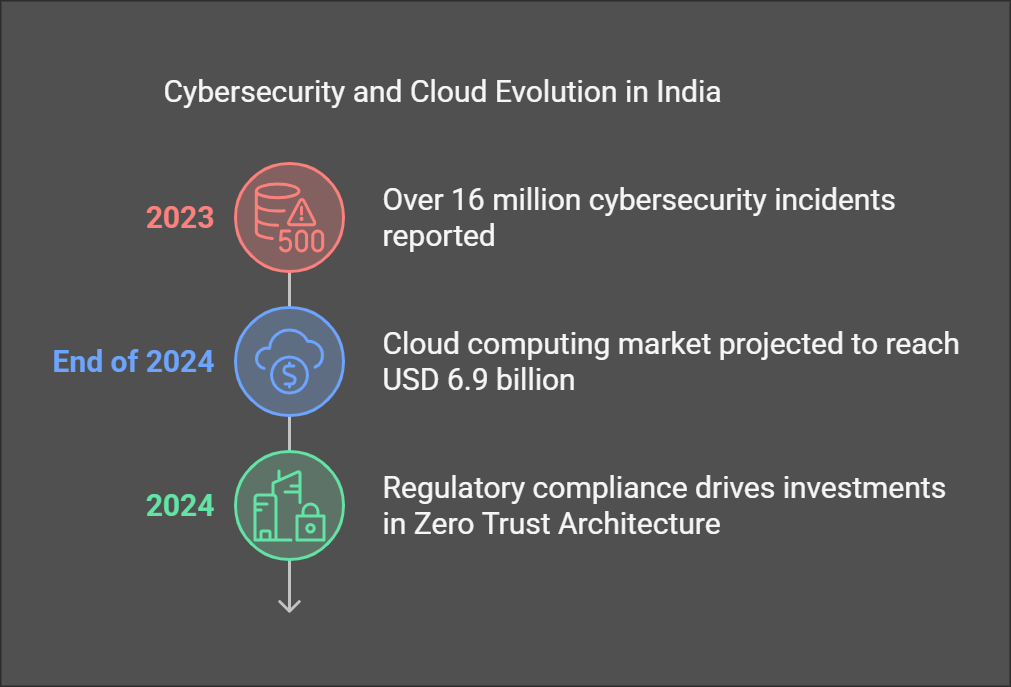 Explosive Keyword Research – Target Buyers, Not Just Traffic!
Explosive Keyword Research – Target Buyers, Not Just Traffic!
Technological Innovation in Vietnam's Sensor Fusion Market- Embracing the Industry 4.0 Vision
Written by Yogita Sahu » Updated on: June 17th, 2025

Vietnam is rapidly advancing towards Industry 4.0, characterized by the integration of digital technologies into manufacturing and industrial processes. A pivotal component of this transformation is sensor fusion technology, which combines data from multiple sensors to produce more accurate and reliable information. This blog explores the technological innovations in Vietnam sensor fusion market and its alignment with the Industry 4.0 vision.
Understanding Sensor Fusion
Sensor fusion involves the integration of data from various sensors to achieve improved accuracy and reliability beyond what individual sensors can provide. This technology is crucial in applications such as autonomous vehicles, robotics, and the Internet of Things (IoT), where precise and dependable data is essential.
The Current Landscape of Vietnam's Sensor Fusion Market
The sensor fusion market in Vietnam is experiencing significant growth, driven by the increasing adoption of IoT and artificial intelligence (AI) across various sectors. As industries in Vietnam embrace digital transformation, the demand for advanced sensor technologies has surged, leading to innovations in sensor fusion applications.
Despite this progress, the adoption of Industry 4.0 technologies in Vietnam remains in its early stages. A report by the Asia Society highlights that while there is growing interest in cloud computing, IoT, and smart sensors, the overall readiness for Industry 4.0 varies across sectors. Foreign-invested enterprises, state-owned enterprises, and leading local conglomerates are at the forefront of adopting these technologies, while smaller firms are gradually catching up.
Technological Innovations Driving Growth
Several key innovations are propelling the advancement of sensor fusion technology in Vietnam:
Integration with IoT: The proliferation of IoT devices has led to an increased need for sensor fusion to manage and interpret the vast amounts of data generated. In Vietnam, sectors such as agriculture, manufacturing, and smart cities are leveraging IoT solutions that rely on sensor fusion for enhanced decision-making and operational efficiency.
Advancements in AI and Machine Learning: The combination of sensor fusion with AI and machine learning algorithms enables more sophisticated data analysis and predictive capabilities. This integration is particularly beneficial in applications like predictive maintenance in manufacturing and real-time monitoring in healthcare.
Development of Advanced Manufacturing Technologies: Vietnam's manufacturing sector is increasingly adopting advanced technologies, including robotics and automation, which depend on sensor fusion for precise control and operation. This shift enhances production efficiency and product quality.
Challenges to Adoption
The Vietnam Sensor fusion market challenges hinder the widespread adoption:
Limited Technological Infrastructure: Many Vietnamese enterprises, especially small and medium-sized ones, lack the necessary infrastructure to implement advanced sensor technologies effectively.
Shortage of Skilled Workforce: There is a scarcity of professionals with expertise in sensor fusion and related fields, which hampers the development and deployment of these technologies.
Financial Constraints: The high costs associated with adopting advanced technologies pose a significant barrier for many firms, particularly smaller enterprises.
The Path Forward: Embracing Industry 4.0
To overcome these challenges and fully realize the potential of sensor fusion within the Industry 4.0 framework, Vietnam can consider the following strategies:
Investment in Infrastructure: Enhancing technological infrastructure is crucial to support the deployment of sensor fusion technologies across various industries.
Educational Initiatives: Developing specialized training programs and curricula can help build a skilled workforce capable of driving innovation in sensor fusion.
Government Support and Incentives: Policies that provide financial incentives and support for research and development can encourage enterprises to invest in advanced technologies.
International Collaboration: Partnering with foreign firms and institutions can facilitate knowledge transfer and provide access to cutting-edge technologies and best practices.
Conclusion
In conclusion, while Vietnam's sensor fusion industry is still developing, it holds significant potential as the country progresses towards its Industry 4.0 vision. By addressing current challenges and leveraging technological innovations, Vietnam can harness sensor fusion to drive industrial growth and enhance its competitive edge in the global market.
Note: IndiBlogHub features both user-submitted and editorial content. We do not verify third-party contributions. Read our Disclaimer and Privacy Policyfor details.
Copyright © 2019-2025 IndiBlogHub.com. All rights reserved. Hosted on DigitalOcean for fast, reliable performance.


